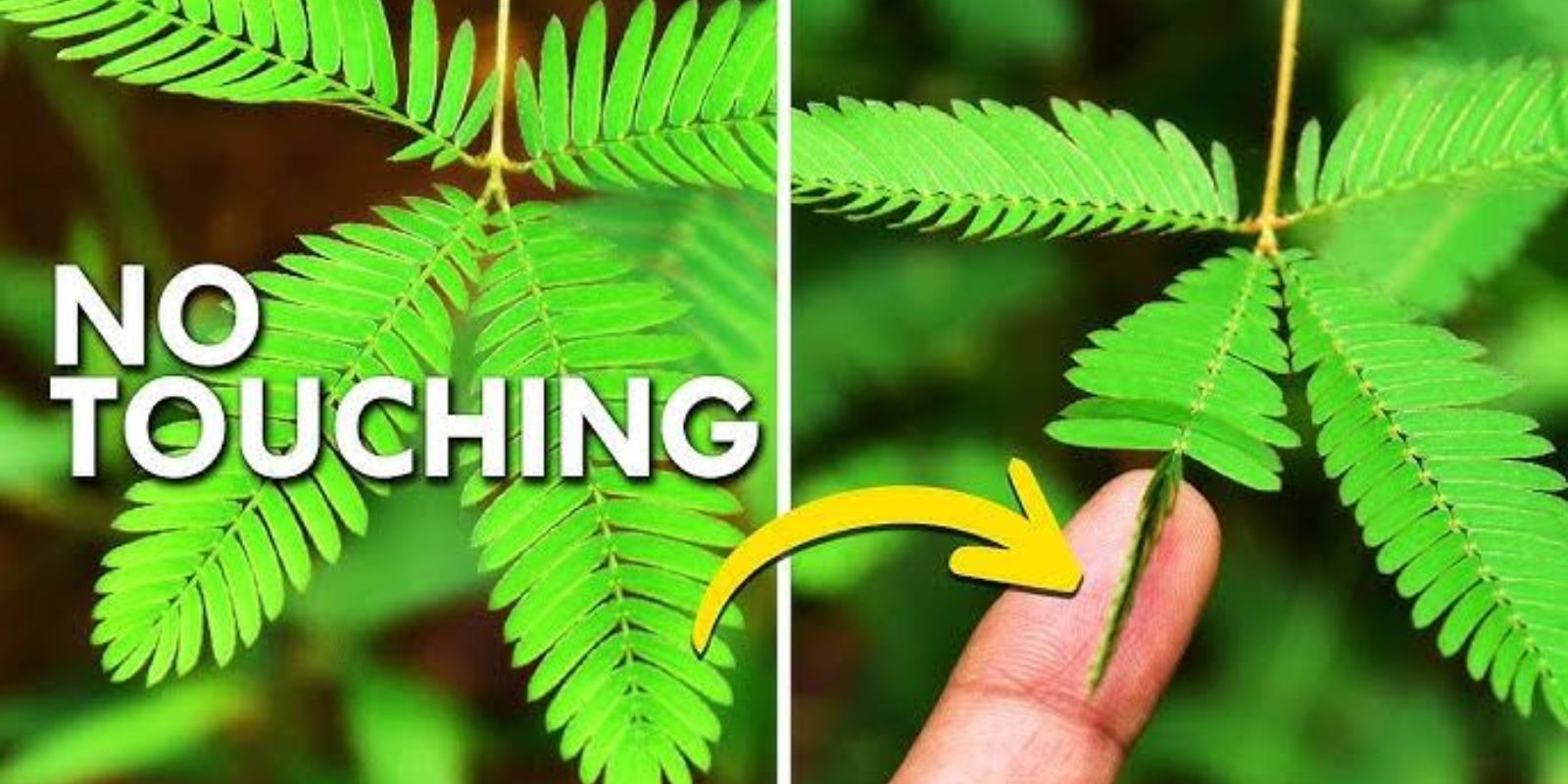When walking through your garden, you may occasionally spot an unfamiliar plant that’s growing wildly, seemingly out of place. What if I told you that some of these unassuming plants could be worth their weight in gold—figuratively speaking? Many of the “weeds” or neglected plants we hastily remove are actually powerhouses for soil health, pest control, and even personal wellness. Before you toss them away, take a closer look. You might be discarding a valuable resource.
In this article, we’ll dive into how to identify these hidden gems, why they’re beneficial, and how to integrate them into your gardening routine for a sustainable, productive, and healthier garden.
What Makes a Plant “Gold” in the Garden?
Not all plants need to be ornamental or produce edible fruits to be valuable. Some plants enrich your soil, deter pests, or have medicinal properties. Others are edible wild greens packed with nutrients. The key is recognizing their worth and learning how to make the most of them.
Here are some reasons why these overlooked plants could be “gold” for your garden:
- Soil Enrichment: Some plants act as natural fertilizers, fixing nitrogen or breaking up compact soil with deep roots.
- Natural Pest Control: Many wild plants repel harmful pests or attract beneficial insects.
- Medicinal and Edible Uses: Several plants have traditional or modern medicinal uses, while others are safe to eat and highly nutritious.
- Biodiversity: A diverse garden promotes a balanced ecosystem, which is essential for long-term sustainability.
Examples of “Golden” Garden Plants
- Dandelion (Taraxacum officinale)
- Why It’s Gold: Often considered a weed, dandelions are rich in nutrients and can improve soil health. Their deep taproots pull minerals up to the surface, enriching the soil for other plants.
- How to Use: The leaves are edible in salads, the flowers can be used to make wine, and the roots are excellent for compost tea.
- Comfrey (Symphytum officinale)
- Why It’s Gold: Known as a “dynamic accumulator,” comfrey has deep roots that pull nutrients like potassium and calcium from the soil.
- How to Use: Use its leaves as mulch or compost material. It’s also a great ingredient for natural fertilizers.
- Nettle (Urtica dioica)
- Why It’s Gold: Nettles are packed with nutrients and are excellent for composting. They also attract beneficial insects.
- How to Use: Harvest young nettle leaves for tea or soups. Use nettles in compost or as a natural fertilizer spray.
- Chickweed (Stellaria media)
- Why It’s Gold: This ground-cover plant prevents soil erosion and retains moisture. It’s also edible and highly nutritious.
- How to Use: Add it to salads or use it as mulch.
- Purslane (Portulaca oleracea)
- Why It’s Gold: A hardy succulent, purslane is an excellent source of omega-3 fatty acids and can thrive in poor soil conditions.
- How to Use: Eat it fresh in salads or use as a ground cover to suppress weeds.
- Yarrow (Achillea millefolium)
- Why It’s Gold: Yarrow attracts pollinators, repels pests, and improves soil structure. It’s also used in natural medicine.
- How to Use: Plant it near vegetables to protect them from pests or dry the leaves for herbal remedies.
How to Spot Garden Gold
Identifying valuable plants in your garden requires observation and research. Here are some steps to help you:
- Identify the Plant: Use plant identification apps or consult gardening books to determine what’s growing.
- Research Its Benefits: Learn about the plant’s potential uses—whether for soil health, pest control, or human consumption.
- Test Its Role in the Garden: Allow the plant to grow for a season to observe its impact on your garden ecosystem.
How to Use These Plants in Your Garden
Once you’ve identified your garden’s hidden treasures, the next step is to make the most of them. Here are some ideas:
- Natural Fertilizers: Use nutrient-rich plants like comfrey and nettles to create compost tea. Chop their leaves, soak them in water for a few weeks, and use the resulting liquid as a natural fertilizer.
- Mulching and Ground Cover: Plants like purslane and chickweed act as living mulches, retaining soil moisture and preventing weed growth.
- Pollinator Support: Flowers like dandelions and yarrow attract bees, butterflies, and other pollinators, essential for fruit and vegetable production.
- Edible Delights: Many wild plants are edible. Experiment with dandelion greens, nettle soup, or purslane salads.
- Medicinal Uses: Research traditional uses for plants like yarrow and dandelion, which have been used for centuries to treat various ailments.
Overcoming Common Challenges
- Invasive Growth: Some plants, like nettles or comfrey, can spread aggressively. Plant them in designated areas or containers to manage their growth.
- Misidentification: Always double-check the plant’s identity before consuming or using it to avoid harmful mistakes.
- Allergies and Sensitivities: Test a small amount of any plant before consuming it to ensure it doesn’t cause an allergic reaction.
The Benefits of Embracing Garden Gold
By recognizing the value of these overlooked plants, you’ll enjoy numerous benefits, including:
- Reduced costs on fertilizers, pest control, and even groceries.
- A healthier, more balanced garden ecosystem.
- The satisfaction of utilizing every resource your garden provides.
Conclusion: Discover the Hidden Wealth in Your Garden
The next time you’re about to pull out a plant and toss it in the compost, pause and take a closer look. That plant could be the key to healthier soil, abundant pollination, or even a delicious addition to your kitchen. With a little research and creativity, you can turn what seems like an ordinary weed into a valuable resource.
👉 What hidden treasure have you found in your garden? Share your stories below and inspire others! 🌱✨

